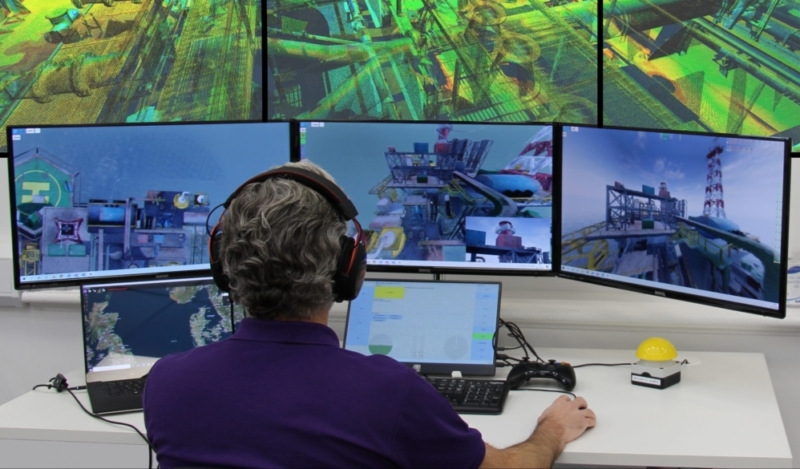New technologies provide a huge amount of data – how we use that data is part of several European-wide SESAR 2020 projects in which NATS has been involved, alongside partner organisations including Airbus, DFS, DSNA, ENAV, EUROCONTROL, Indra and Thales.
In particular, the projects have been exploring how enhanced communications between aircraft and air traffic controllers (ATCOs) could enable environmental, safety, efficiency and cost benefits for the aviation industry.
At the centre of our work is Automatic Dependent Surveillance – Contract (ADS-C) communications technology. Like Automatic Dependent Surveillance – Broadcast (ADS-B), ADS-C is a means of automatic air-to-ground data communication by which suitably equipped aircraft can transmit flight information via a data link system to support an air traffic control (ATC) service.
An ADS-C ‘contract’ is established when a ground-based system makes a request for an aircraft to transmit specific information, under specific conditions, to that ground-based system. The resultant ADS-C transmission provides ATC with an expanded range of data derived from the aircraft’s flight management system, such as its trajectory details including estimated times, speed, and constraints for each planned waypoint.
With this enhanced trajectory information, support tools can predict more accurately when and where in a particular airspace sector an aircraft will be, helping ATCOs anticipate the traffic and monitor conformance to instructions. This helps to optimise the application of any short- and long-term flow control measures. Thereby the efficiency of arrival sequencing and queue management can be improved, in turn reducing controller workload and absorbing delay by flying more slowly during the cruise phase rather than by holding aircraft at low level. And when an aircraft is on final airport approach ADS-C transmissions can provide ATC with accurate data on its speed, allowing controllers to safely space inbound aircraft closer together and, in doing so, further reduce delay.
Our work is showing that ADS-C transmissions can be a key to improving flight efficiency throughout all phases of flight, enhancing safety while reducing delays, fuel burn, and emissions.
An established version of ADS-C (known as the FANS 1/A standard) is already in operational use in oceanic airspace – however, to aid the widespread adoption of ADS-C technology in more densely populated continental airspace, NATS supported a recent Airbus test-flight with the aim of demonstrating a new and more capable ADS-C communication data link (ATS Baseline 2).

Route taken by a recent Airbus test-flight in densely populated continental airspace to demonstrate a new ADS-C communication data link
During the flight, which took place over the UK and Europe on 5 April this year, ADS-C messages were transmitted over the European Space Agency-backed Iris SATCOM system, helping prove the new link can support ADS-C technology. As part of this flight trial NATS ATCOs also exchanged the first ever operational controller-pilot data link communications (CPDLC) messages over Iris SATCOM.
Although the NATS research and development team will be conducting further trials and validation exercises throughout the coming year, our work has already shown that, when combined with new air traffic management procedures and concepts, ADS-C can help deliver the tools and technologies needed to improve future safety and support the aviation industry’s target zero objectives.
The work described in this article has received funding from the SESAR Joint Undertaking under the European Union’s Horizon 2020 research and innovation programme under grant agreement No’s 872320, 101017626 and 874477. The opinions expressed herein reflect the author’s view only. Under no circumstances shall the SESAR Joint Undertaking be responsible for any use that may be made of the information contained herein.
Comments
Please respect our commenting policy and guidelines when posting on this website.



